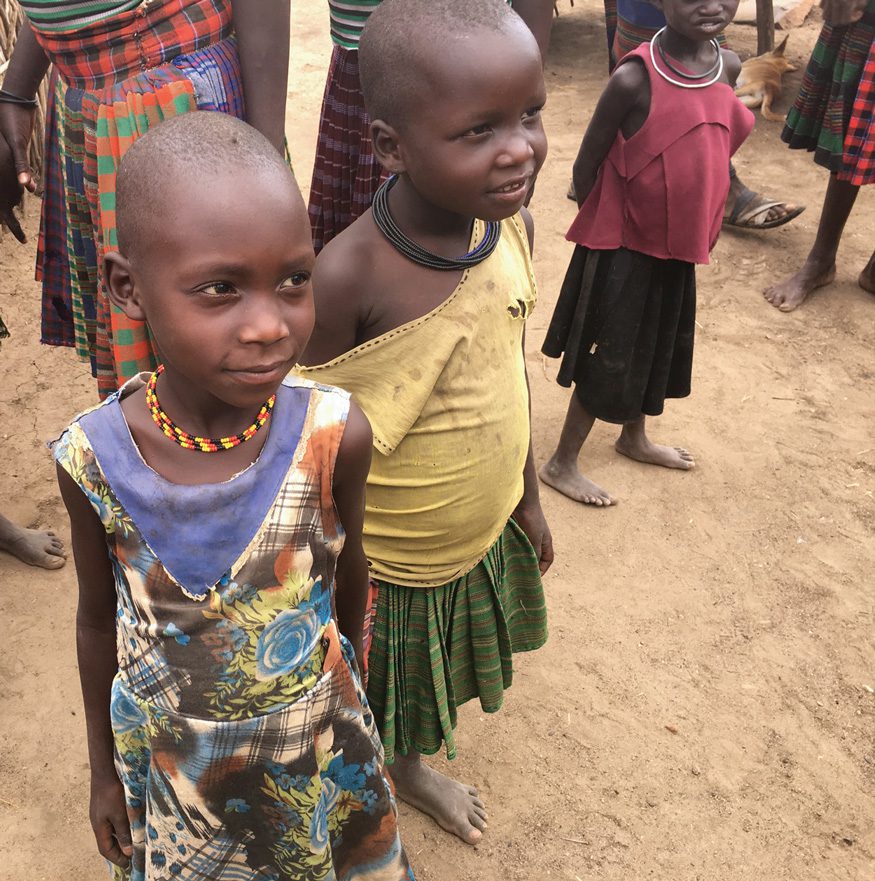By Jordan Teague
Because the world has made so much progress against hunger in recent decades, those who face hunger, malnutrition, and extreme poverty are increasingly likely to live in areas currently experiencing or recovering from crises. They are the hardest to reach and the most likely to be left behind.
Improving the lives of the most vulnerable people requires a focus on both meeting their immediate needs and enabling families and communities to move toward resilience.
Improving maternal and child nutrition must be a top priority. It is critical that the United States continue to provide support to vulnerable populations in effective ways that maximize improvements in nutrition.
The United States must work within the global community to address both immediate and long-term needs in food security and nutrition, especially in fragile and vulnerable contexts.
Case studies from Uganda and Malawi help us understand:
- Improving nutrition must be a goal of any decisions regarding the funding or implementation of U.S. food assistance programs.
- It is necessary for all aspects and areas of Food for Peace to emphasize and invest in better nutrition as an explicit objective.
- The United States must protect and continue funding for multi-sectoral food security and nutrition development programs for the most vulnerable populations.
Jordan Teague is international policy analyst for food security and nutrition at Bread for the World Institute.
“The intersection of humanitarian and development is resilience building…Unless we do them all, we won’t succeed.”
Mark Green, Administrator, USAID



